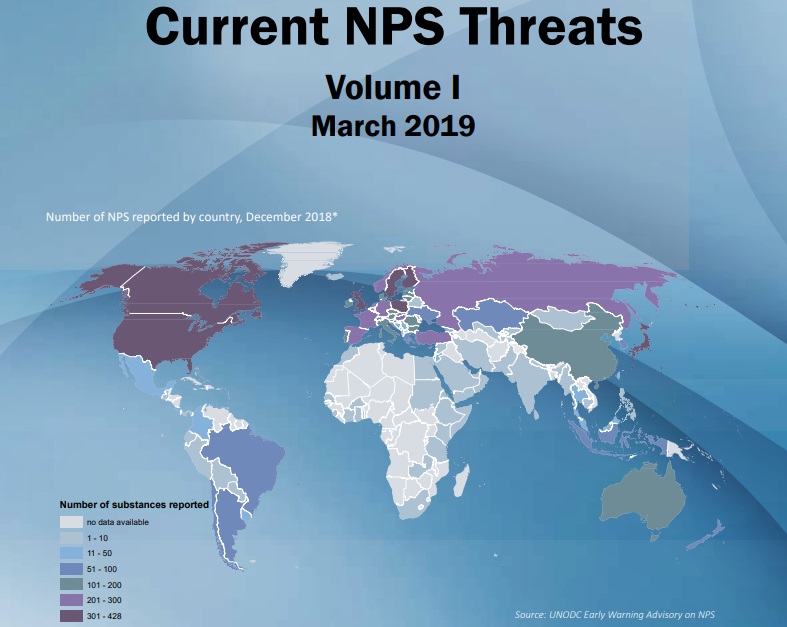Migration has had an increasing impact on European policymaking over the past decade, in the wake of what has been called the ‘refugee migration peak’. In addition to an influx of refugees, European countries have experienced relatively new intra-European migration flows, while health and social disparities persist among populations with longer-established migration patterns.
This publication “Responding to drug-related problems among migrants, refugees and ethnic minorities in Europe”, produced by the European Monitoring Centre for Drugs and Drug Addiction (EMCDDA), presents the available prevalence studies of illicit substance use among migrants and ethnic minorities and discusses their limitations, as well as looking at prevalence and risk factors for substance use among refugees.
Two subsections focus on specific issues among non-refugee third-country nationals and Roma. Section 2 of this paper summarises risk and protective factor mechanisms in an ecosocial framework, while sections 3 and 4 are the core of this paper, and focus on social responses targeting migrant and ethnic populations in prevention, treatment and harm reduction, as well as highlighting broader responses which support these interventions. Finally, sections 5 and 6 conclude the report with a discussion of major challenges in addressing drug-related problems among these populations and examine some possible implications for policy and practice.
 You can download this document following this link>>>.
You can download this document following this link>>>.








